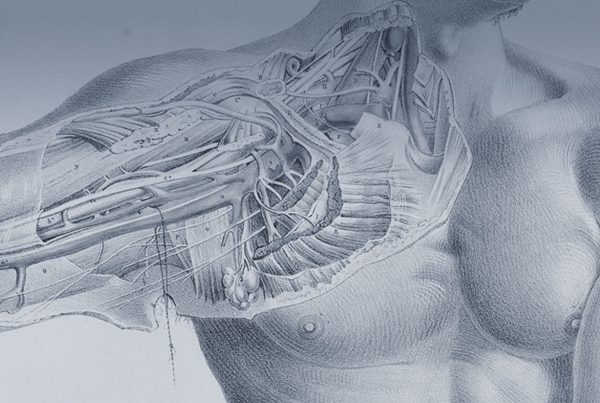Neurophysiology is a specialised area of medical assessment. I am not a neurophysiologist but work closely with many of the leading neurophysiologists in London and around the county and the world. Having spoken at two neurophysiology international conferences and included neurophysiologic data in many of my research programmes. I do not therefore consider that analysis of these data is in any way outside my area of expertise (but I would defer to a neurophysiologist in this their specialist area).
Neurophysiology uses a number of techniques but the two most common are nerve conduction and EMG (electromyography – muscle studies).
Nerve conduction studies measure the speed and volume of the signals in the nerve.If a neve is squashed (compressive neruopathy) it tends to conduct its message a little slower over that part of it which is squashed. If a nerve has lost some of its cells (axonopathy) there is a low volume of the signals travelling along the nerve.
They do though only really assess the loudest and fastest of the huge population of nerve fibres. Its a bit like the olympics- we know what the fastest 100m sprint time was but not how the last few racers felt, or if the average speed across all the competitors who didn’t make the final had imposed or dropped over the period since the last olympics and certainly doesn’t tell us how fast those sat in their arm chairs watching are over 100m! Thus the test is very good for some pathologies and very poor for others.
The presence of a negative (or normal) test of the nerves does not mean that there is no problem – it has poor sensitivity. It has a high rate of false negatives – thus it is not a test which allows you to screen for a problem. Thus it is not a test for the courts to use to asses if there has been nerve injury. It helps in saying yes if it is positive (there is a low rate of false positive tests) but a negative test means little in excluding nerve injury.
The above particularly true in cases of neuropathic pain. It is very common indeed for nerve conduction tests to be normal in case of neuropathic pain; as the nerve fibres that transmit pain are not the loud noisy nerves in tight lycra running kit which the test focuses on, but are the slow quiet fibres which the test does not interrogate (those at home watching the olympics on their televisions in my analogy).
EMG electromyogrpahy is a test of the interaction of the mucle and the nerve. It assesses the signals within the muscle by using a needle in the muscle or an electrode on the skin over the muscle. This test assesses the noise within the muscle when it is not trying to contract and when it is actively working. Studying these signals gives important inforation both about the muscle but also the link between the nerve and the muscle (the neuromuscular junction).


